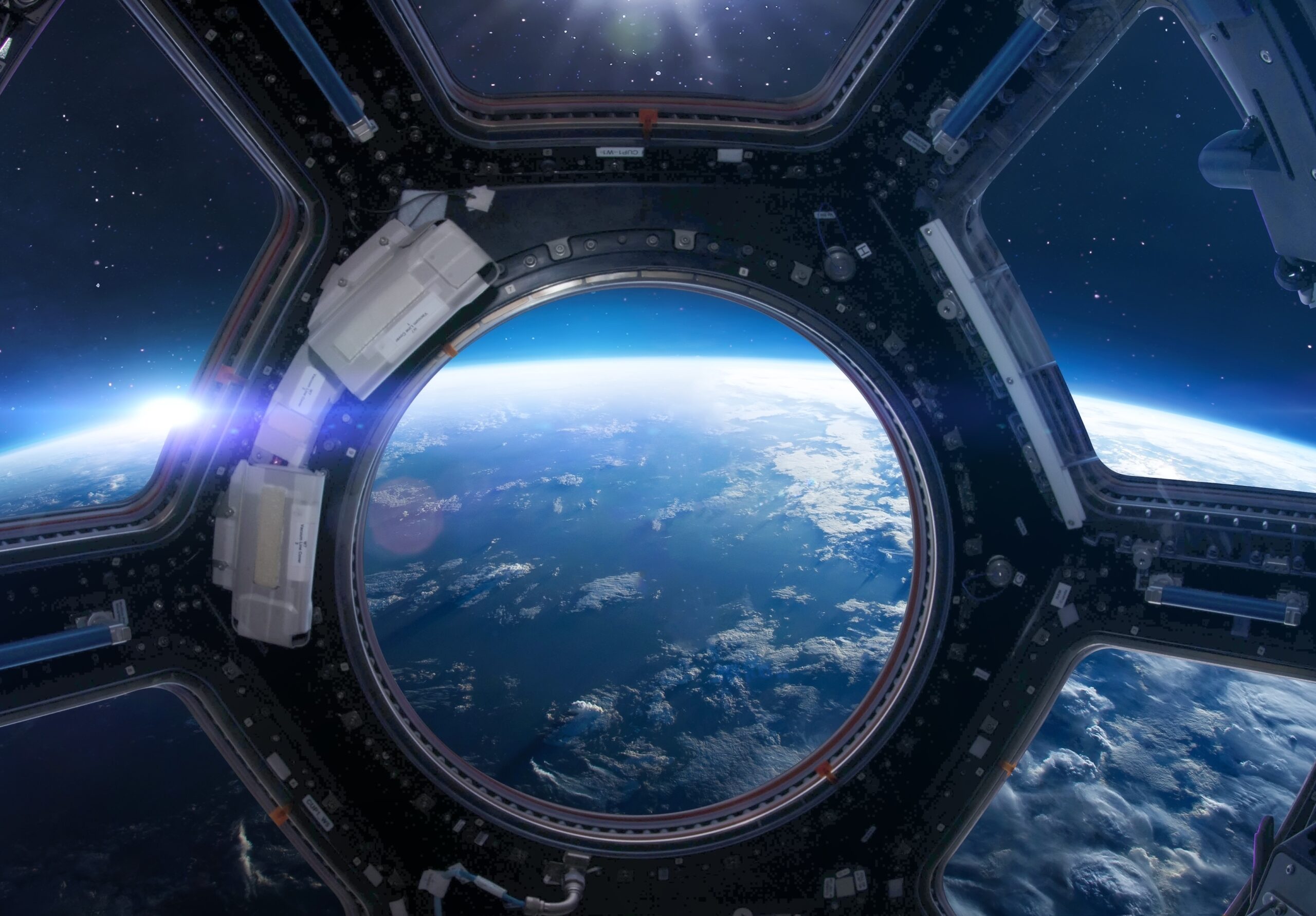When you think of ChatGPT, the first image that comes to mind is often a virtual assistant answering questions or writing essays.
Well, not anymore, say rocket scientists from MIT and the Universidad Politécnica de Madrid (UPM). They have shown how this large language model (LLM) could pilot a simulated spacecraft, hinting that autonomous space exploration is much closer than previously imagined.
The Kerbal Challenge
The ChatGPT experiment was MIT-UPM’s entry for the Kerbal Space Program Differential Game Challenge, a community-driven initiative inspired by the wildly popular Kerbal Space Program video game that mimics realistic spaceflight scenarios to test autonomous control systems.
Participating teams pitted their AI systems against each other in complex tasks such as satellite interception, pursuit-and-evasion missions, and navigation in limited timeframes. The challenge’s goal was to create AI agents that could operate spacecraft without human input.
ChatGPT’s Space Pilot
Unlike competitors who built specialized systems from scratch, the MIT-UPM team relied on ChatGPT and their first prompt to OpenAI’s virtual assistant read, “You operate as an autonomous agent controlling a pursuit spacecraft.”
Prompts on the spacecraft’s current state, objectives, etc., were fed into ChatGPT, and the LLM generated maneuvering instructions to steer the spacecraft with such remarkable precision that it finished second in the Kerbal Differential Game Challenge.
Autonomous Space Explorations
MIT-UPM’s ChatGPT breakthrough points to a future where LLM-based copilots could assist and even replace humans in piloting spacecraft. Traditional autonomous systems have failed in this area due to their need for extensive training cycles and real-time feedback.
Since ChatGPT is pre-trained on vast tomes of human knowledge, it can “understand” tasks with minimal additional guidance, making it well-suited for navigating hazardous environments and operating remote robotic systems across our solar system.
Image credit: Dima Zel/Shutterstock
